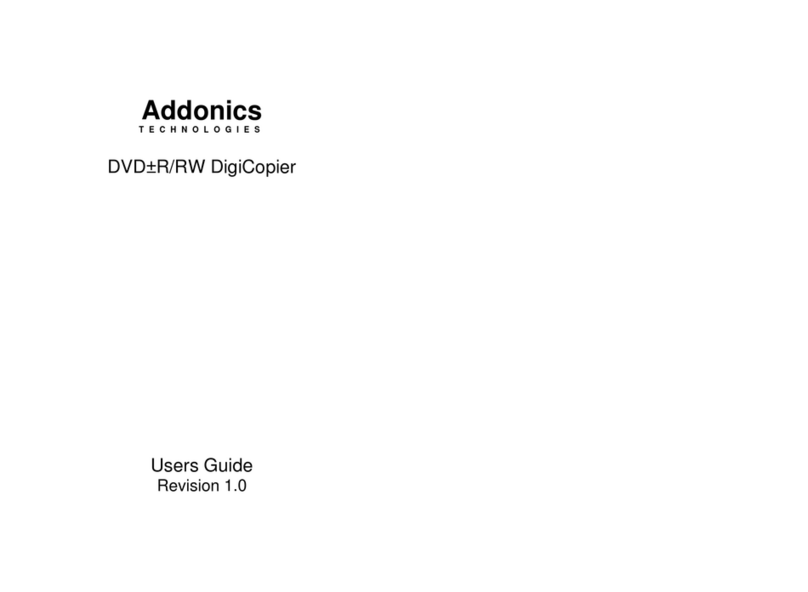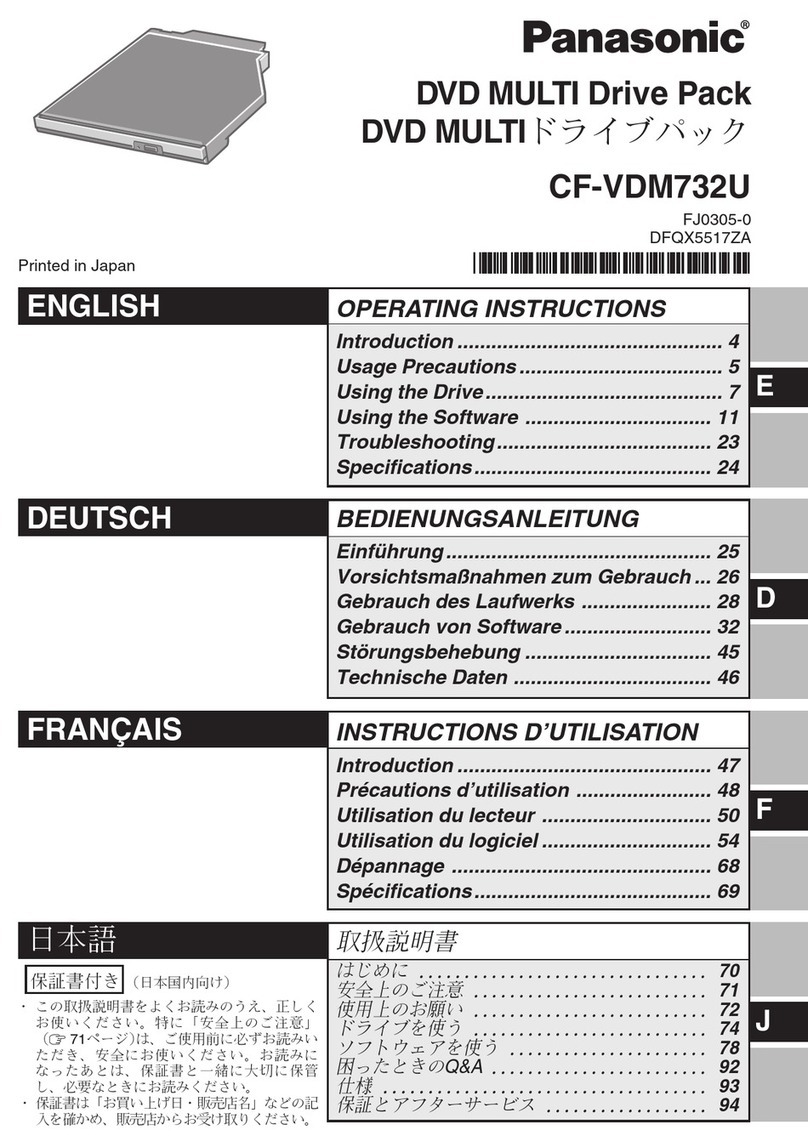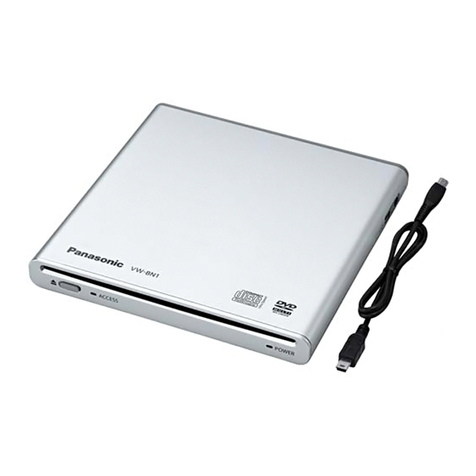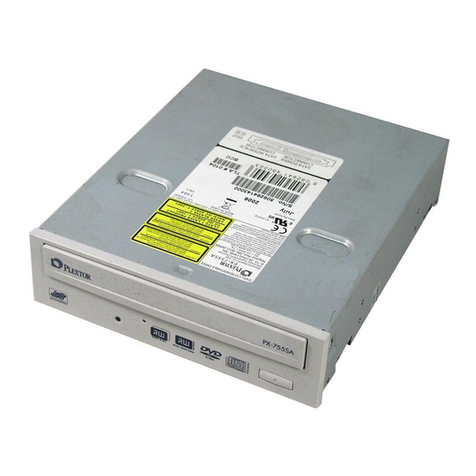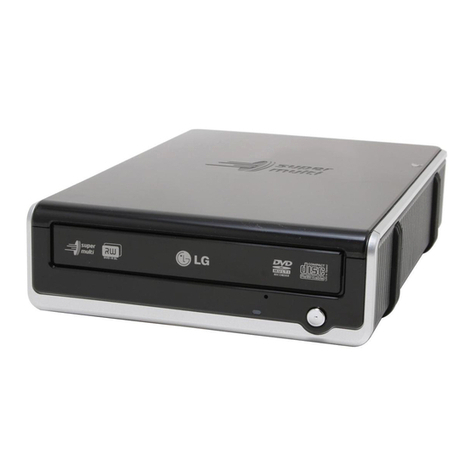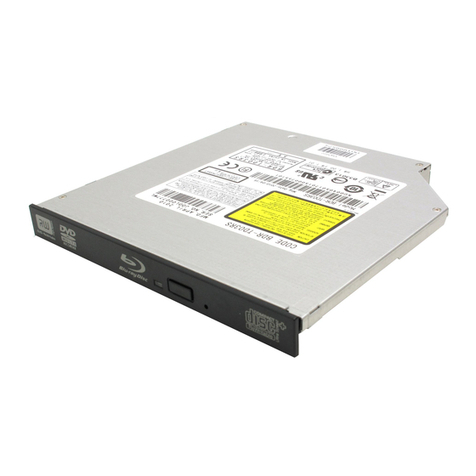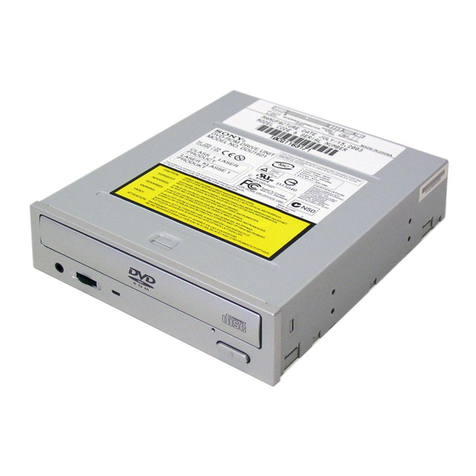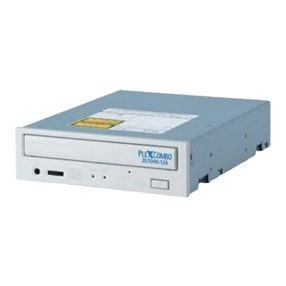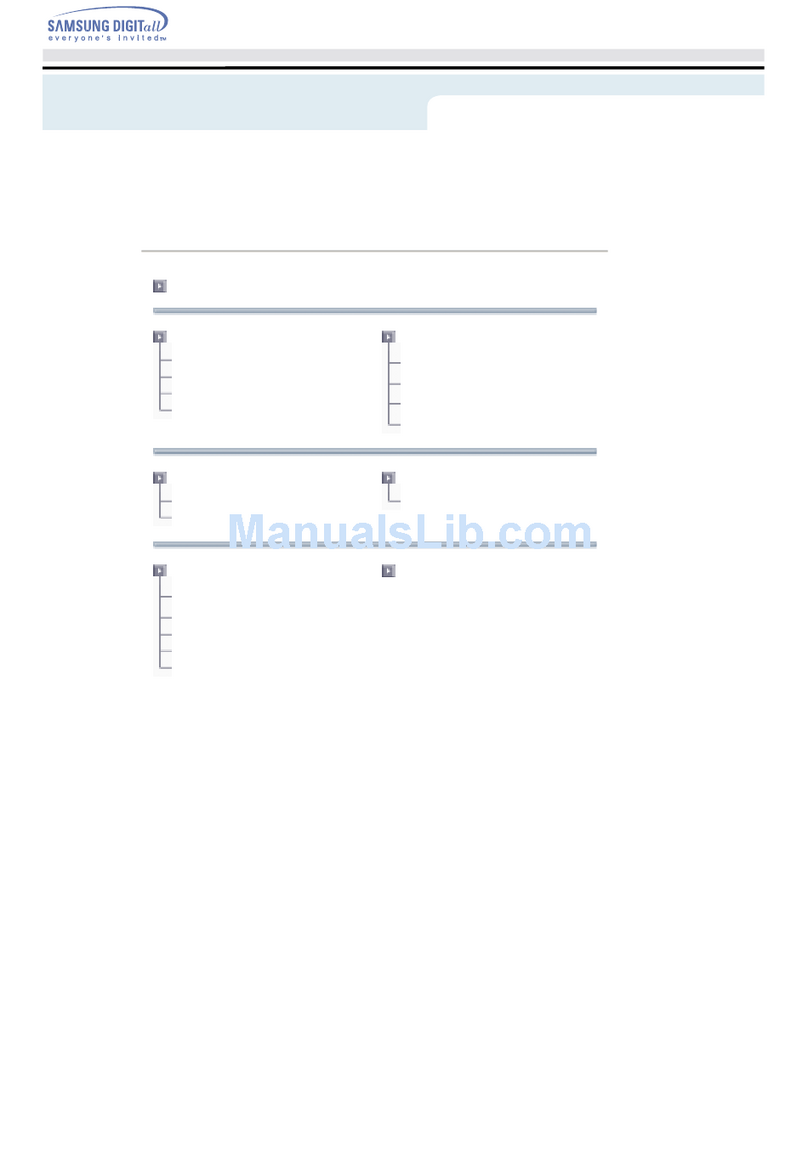
Drive Set-Up
IMPORTANT: You must not exceed the maximum drive and motor ratings. Refer to the Product Code
or rating label, and the motor rating plate
The instructions are written in logical order. Complete each stage successfully before progressing to the next.
This simple start-up routine assumes that:
The Drive is direct from the factory and thus using all factory default settings
You know how to operate and navigate the Man-Machine Interface (MMI) – keypad + display
The drive's control terminals are wired as shown in the Installation diagram
This simple set-up uses ARMATURE VOLTAGE (default setting) as the speed feedback method
1: Pre-Operation Checks
Completely disconnect the drive before point-to-point checking with a buzzer, or when checking insulation with a Megger.
Prepare to energise the drive and system as follows:
ISOLATE THE DRIVE using branch circuit protection or circuit breaker (8).
Disconnect the load from the motor shaft, if possible.
If there is any doubt about the integrity of a particular installation, insert a high wattage resistor, i.e. fire elements,
in series with the motor armature.
Initial checks before applying power:
Mains power supply voltage is correct for drive. Auxiliary power supply voltage is correct for drive
Motor vent fan is connected correctly for direction of rotation. and integral fans (110A – 270A).
Motor is of correct armature voltage and current rating. Check for damage to equipment.
Check that cooling fans are intact and free from Check all external wiring circuits - power, control,
.snoitcennochtraednarotom.)A072–A011(noitcurtsbo
Check for loose ends, clippings, drilling swarf etc., lodged in the Drive and system.
Ensure the safety of the complete system before the drive is energised:
Ensure that rotation of the motor in either direction will Ensure that other equipment will not be adversely
pugnirewopybdetceffaegamadesuacton
Ensure that nobody else is working on another part of the system which will be affected by powering up
3.5 ISOLATE THE DRIVE using branch circuit protection or circuit breaker (8). Install the 3-phase fuses (6).
Reinstate branch circuit protection or circuit breaker (8).
IMPORTANTDo not change any of the previously made calibration settings once the main contactor is energised.
MAIN & AUXILIARY POWER ARE CONNECTED AT THIS STAGE
3.6 Use a Voltmeter that conforms to IEC 61010 (CAT III or higher).
Set the uni-directional speed potentiometer to zero
(check that the value of SPEED SETPOINT parameter = 0 %)
Apply the "Start/Run" command to C3.
Ensure that "Enable" (C5) is ON.
Check that 3-phase mains is applied to the power terminals L1, L2 and L3.
Check the correct field voltage appears between the field output terminals D3 and D4. This is high voltage DC.
Proceed with caution.
If the Field Voltage is incorrect do not continue. Switch off all supplies and check connections.
3.7 Check that all six MMI LEDs are now lit, indicating that the motor is capable of rotating.
CONFIGURE DRIVE Menu
CONFIGURE DRIVE (MMI view)
gaTretemaraP Range SETUP PARAMETERS
Function Blocks
FLD. CTRL MODE 209 See below
Selects between open-loop VOLTAGE CONTROL or closed-loop
CURRENT CONTROL. Refer to FIELD CONTROL
FLD. VOLTS RATIO 210 0.0 to 100.0 % (h)
Sets the output dc field voltage as a ratio of the RMS FIELD supply voltage
when FLD CTRL MODE is set to VOLTAGE CONTROL. Refer to FIELD CONTROL
MAIN CURR. LIMIT 421 0.00 to 200.00 %
Independent symmetric current clamp. Sets symmetric clamps outside scaling
.retemarapRELACS/TIMIL.RUCehtmorf Refer to CURRENT LOO
81ENUTOTUA OFF/ARMATURE
Turns the AUTOTUNE procedure on. Refer to Chapter 4: “Operating the Drive”- Performance
djustment.
Refer to
UTOTUN
SPEED FBK SELECT 47 See below
Determines the source of the speed feedback signal.The default, ARM VOLTS FBK,
uses internal circuitry to derive the speed feedback. The other selections require the
appropriate external device to provide the feedback signal.
0 : ARM VOLTS FBK
1 : ANALOG TACH
2 : ENCODER
esurekraProf–GOLANA/REDOCNE:3 Refer to SPEED LOO
ENCODER LINES 24 10 to 5000
The number of lines must be set to match the type of encoder being used.
Incorrect setting of this parameter will result in an erroneous speed measurement.
The 5901 microtach has 1000 lines per revolution as standard. Proprietary encoders
of other specifications can be normalised by setting this parameter as appropriate. Refer to ENCODE
ENCODER RPM 22 0 to 6000
Motor top speed setting (100%) when using encoder feedback. Refer to ENCODE
ENCODER SIGN 49 NEGATIVE / POSITIVE
Since the encoder feedback cannot be reversed electrically, the signal polarity can
be reversed by the control software.
It is necessary to set up this parameter when in encoder feedback closed-loop speed
control mode, as the encoder direction must be correct for this mode to operate. Refer to ENCODE
SPD.INT.TIME 13 0.001 to 30.000 s
Speed loop PI integral gain adjustment. otrefeR SPEED LOO
SPD.PROP.GAIN 14 0.00 to 200.00
Speed loop PI proportional gain adjustment.
Refer to SPEED LOO
2: Calibrating the Control Board
NO POWER IS CONNECTED AT THIS STAGE
Armature
Current
(IA CAL)
Note the maximum armature current from the motor rating plate and set this value using SW1, SW2 and
SW3. The switches set Amps in hundreds, tens and units. The illustration shows an IA CAL setting of 77A.
Field
Current
(IF CAL)
Note the nominal field current from the motor rating plate and set this value using SW4, SW5 and SW6.
The switches set Amps in tens, units and tenths. The illustration shows an IF CAL setting of 5.7A. The
maximum current is 19.9A, setting a higher value than this results in 0A.
Armature
Voltage
(VA CAL)
2.2CONNECT THE AUXILIARY SUPPLY:Remove 3-phase fuses (6). Re-instate branch circuit protection or circuit
breaker (8). Check that the auxiliary voltage is correct. The MMI will now display the Welcome screen.
AUXILIARY POWER ONLY IS CONNECTED AT THIS STAGE
Use a digital voltmeter to check for +24V rail at terminal C9, +10V rail at terminal B3, -10V rail
at terminal B4. The drive will be using the default speed feedback option ARM VOLTS FBK.
Caution
During the following set-up instructions, be ready to STOP the drive should the motor try to overspeed.
3.8 Set the speed setpoint to 5% (0.5V at terminal A8).
3.9 Refer back to 3.1 to display the CONFIGURE DRIVE menu. Slowly increase the MAIN
CURR.LIMIT parameter towards a maximumof 20%. At some point the motor will begin
to rotate as the parameter value is increased. The motor speed willsettle at 5% of full
speed. If the motor is loaded it may require more than 20% current limit to turn the motor.
3.10Stop the drive by opening C3. Now Autotune the drive.
4: Autotuning
This process tunes the drive to the connected motor. Initial conditions must be:
Main contactor open, i.e. terminal C3 = 0V.
Program Stop (terminal B8) and Coast Stop(terminal B9) and Enable (terminal C5) high, i.e. 24V.
No field voltage: Autotune automatically quenches the (default) internally supplied field.
4.1 Set AUTOTUNE to ARMATURE.
4.2 Close the main contactor, (apply the “Start/Run” command to C3) to begin the begin the Autotune.
The keypad displays “Autotuning” during the process. When Autotune is complete (after approximately 10
seconds), the main contactor is opened and the AUTOTUNE parameter is reset to OFF. Ensure that "Enable"
(C5) is OFF.
4.3 Perform a PARAMETER SAVE now.Refer back to 3.3for how to do this.
3: Initial Start-Up Routine
AUXILIARY POWER ONLY IS CONNECTED AT THIS STAGE
Complete steps 3.1 to 3.10
3.1 Write down the MAIN CURR. LIMIT parameter’s value here: …………………………
Set to 0.00%
3.2 Check that ANIN 5 (A6) is +10V.
If not, check the wiring link between terminals A6 and B3.
3.3 Save your settings. Press the (UP) key, as instructed.
3.4 With the Program Stop and Coast Stop LEDs illuminated:
Apply the “Start/Run” command to C3.
The main 3-phase contactor should close and remain energised.
Quickly press the “Start/Run” command from C3.
The main 3-phase contactor should open and remain de-energised.
Didn't work?Remove the auxiliary power and check start/stop sequencing and contactor wiring.
3-Phase Alarm? The drive has tripped because there is no 3-phase supply connected. To clear the alarm
press the Ekey. Repeat the test at 3.4again, but quickly remove the “Start/Run” command before the alarm
has time to initiate.
WARNING
Do not continue until the stop/start circuits and contactor
operate correctly.
For the full product manual please visit Parker web site www.parker.com/ssd
In the Product Manual refer to the sections below to make the installation application specific:
CHAPTER 3 Connection Diagrams
Control Connections
Optional Equipment
CHAPTER 4 Selecting Speed Feedback
Initial Start-up Routine (the full routine will help with any additions you make)
Performance Adjustment (any parameter changes will require another Autotune)
www.parker.com
HA500741U000 Issue 3
DC590C series DC Digital Drive
This Quickstart will:
Provide *basic installation details Start the motor and perform an Autotune
*We detail the quickest way to power up the drive using minimal control wiring.
This Quickstart assumes that:
You have read and understood the Safety Information provided separately.
ENGINEERING YOUR SUCCESS.
IMPORTANT
The main contactor should never be
operated by any means other than the
drive's internal controls, nor should
any additional circuitry be placed
around the contactor coil circuit.
START (C3 = 24V)
The drive can run provided that:
B8 & B9 are TRUE (+24V)
C5 “Enable” is ON (+24V)
MAIN CURR. LIMIT 0
Speed Setpoint 0
STOP (C3 = 0V)
At 20% setpoint:
The 590+ drive (4Q) can stop in approximately 2 seconds (the drive
decelerates the motor to zero speed at a rate determined by the STOP
TIME and MAIN CURR.LIMIT parameter values).
The 591C drive (2Q) can coast stop.
The drive is powered-up and operating using Armature Volts Feedback.
For more information refer to the above function blocks in the Product Manual
590C
FRAME 1, 2 & 3
series
2.1Lift the hinged terminal cover to reveal the
control board.
Enter the settings for Armature Current,
Field Current and Armature Voltage.
Set this using the 4-way switch,
SW7. The switch sets voltage
according to the table. The
illustration shows a VA CAL
setting of 200V. (A “1” indicates
that the switch is ON
.
A
rmature Volts VA(Volts)
Switch 150
175
200
225
250
275
300
325
350
375
400
425
450
475
500
525
1 1 0 1 0 1 0 1 0 1 0 1 0 1 0
1 0
2 1 1 0 0 1 1 0 0 1 1 0 0 1 1
0 0
3 1 1 1 1 0 0 0 0 1 1 1 1 0 0
0 0
4 1 1 1 1 1 1 1 1 0 0 0 0 0 0
0 0
Zero speed =
Terminal A1,
0V in
ut

